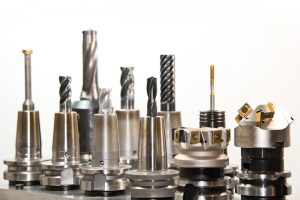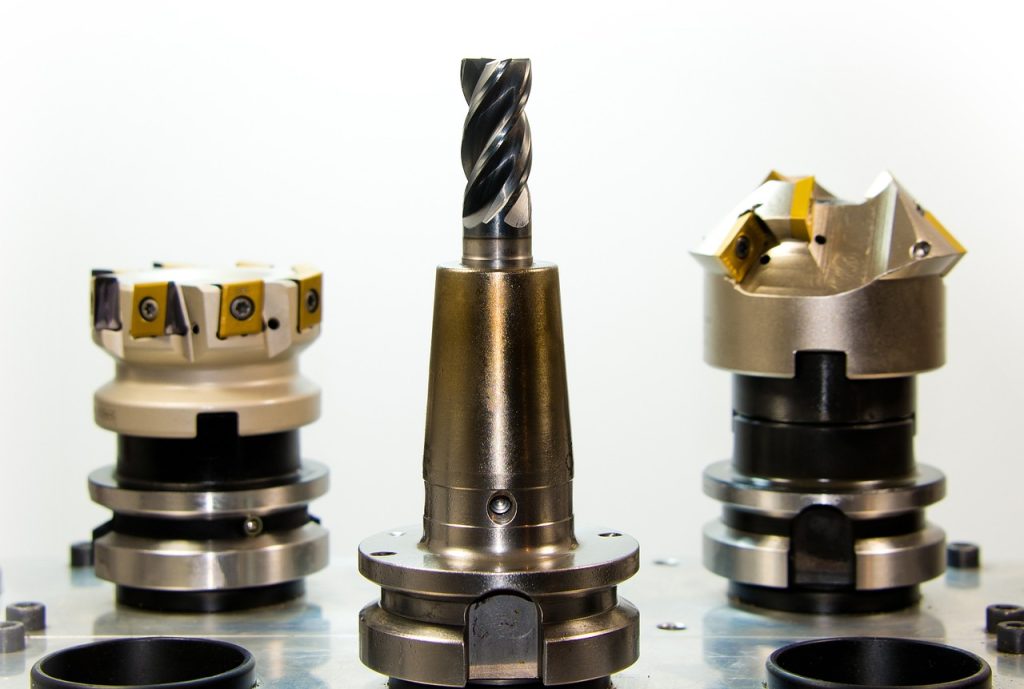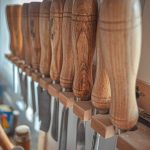The Essential Lathe Tools Every Metalworker Needs
If you’re getting started with metalworking on a lathe, it’s important to have the right set of tools to perform basic operations safely and effectively. The lathe is a versatile machine that allows you to shape, cut, and finish metal workpieces, but wielding it properly requires the proper equipment.
In this post, we’ll cover the essential lathe tools that every metalworker should have in their arsenal. From cutting tools to measuring devices, these are the fundamental components you’ll need to master the art of lathe work.

1. Turning Tools
The bread and butter of any lathe setup are the turning tools used for cutting and shaping metal. This includes:
- Straight Turning Tools: Used for the majority of external turning operations to create cylinders, tapers, and other shapes.
- Parting Tools: Allow you to cut off sections of the workpiece or create grooves.
- Threading Tools: Specialized tools for cutting internal and external threads.
These tools come in a variety of sizes and geometries to handle different materials and operations. Having a good selection will give you the flexibility to tackle a wide range of turning projects.
2. Knurling Tool
Knurling is the process of creating a textured surface on a metal workpiece, usually for improving grip or preventing slipping. A knurling tool has a set of small, protruding teeth that imprint a diamond or crosshatch pattern onto the part.
Knurling is commonly used on things like tool handles, machine parts, and custom components that require a non-slip surface.
3. Boring Bar
While turning tools are used for external operations, a boring bar allows you to enlarge and finish the inside of a hole or cavity. This is especially useful for creating precision bores, counterbores, and other internal features.
Boring bars come in various sizes and shapes to accommodate different hole diameters and depths. The cutting edge is positioned on the end of the bar, which is fed into the workpiece to remove material and improve the interior surface finish.
4. Center Drill
Before mounting a workpiece between the headstock and tailstock, it’s important to create a centered indent or “center hole” using a center drill. This helps ensure the part is properly aligned and supported during turning.
Center drills come in standard sizes that match common lathe center hole diameters. They have a conical point and a short, cylindrical body to create the necessary pilot hole.
5. Live Center
Speaking of centers, the live center is a critical component mounted in the tailstock. It supports the end of the workpiece, helping to maintain alignment and prevent deflection during aggressive cutting operations.
Live centers come in a variety of styles, from simple conical tips to more complex units with ball bearings for ultra-smooth rotation. Choosing the right live center for the job is essential for producing accurate, vibration-free results.
6. Precision Measuring Tools
No metalworking shop is complete without the proper measuring instruments. Two key tools for the lathe are:
- Micrometers: Used to precisely measure the outside diameter of a workpiece, often to within 0.001 inches or less.
- Calipers: Measure both internal and external dimensions, as well as depth. Invaluable for taking accurate part measurements.
Having these precision measuring tools on hand allows you to closely monitor the size of your turned parts and make incremental adjustments as needed.
7. Other Essential Lathe Tools
In addition to the items above, there are a few other must-have lathe accessories, including:
- Chuck Keys: Used to tighten and loosen the chuck that secures the workpiece.
- Tool Post: Mounts and positions the cutting tools during the turning process.
- Coolant System: Helps dissipate heat, improve surface finish, and extend tool life.
While not strictly cutting tools, these ancillary items are essential for the safe and effective operation of a metalworking lathe.
Equipping Your Metalworking Lathe
Outfitting your shop with the right lathe tools is the first step to achieving professional-grade results. By having this core set of equipment on hand, you’ll be well on your way to mastering the art of turning metal parts.
Of course, the specific tools required will depend on the type of work you plan to do and the capabilities of your particular lathe. But this list covers the fundamentals that every metalworker should have in their toolkit.
Ready to take your lathe skills to the next level? Make sure these essential tools are part of your metalworking arsenal.


